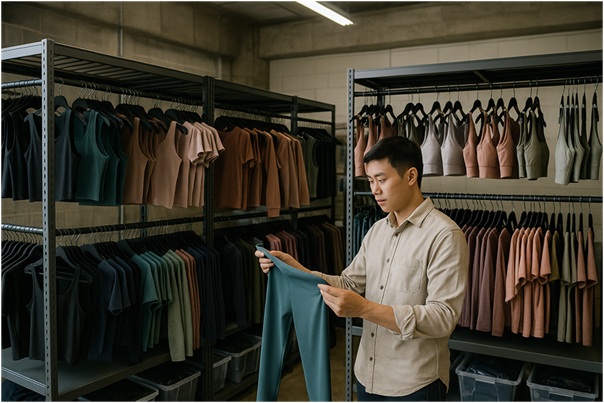
In a world dominated by connected systems and remote access, it might seem outdated for any high-security facility to rely on mechanical locks. Yet, air-gapped facilities—those deliberately isolated from external networks—continue to depend on mechanical lock cylinders over smart alternatives. Why? Because in these environments, isolation isn’t just a policy—it’s the first and most critical line of defense.
The Unique Security Needs of Air-Gapped Facilities
Air-gapped environments are typically found in military bases, government buildings, critical infrastructure, research labs, and certain financial institutions. These are not average offices. These are places where the consequences of a breach could be catastrophic—whether it’s stolen data, compromised assets, or national security risks.
In such settings, any form of wireless communication, cloud integration, or networked control creates an unacceptable vulnerability.
Smart lock cylinders, which often require Wi-Fi, Bluetooth, or cloud-based management, introduce risk simply by existing. That’s where mechanical lock systems come in.
Mechanical Lock Cylinders: A Trusted Standard
Mechanical lock cylinders offer time-tested, offline security that doesn’t depend on software, power, or network access. Unlike smart locks, they don’t require firmware updates, can’t be hacked remotely, and remain functional in the event of an outage. Their reliability is why they remain a key security layer in air-gapped facilities.
Moreover, high-security mechanical lock cylinders often include features like:
- Pick-resistant keyways
- Drill-resistant cores
- Restricted key duplication
- Master keying systems for access control without electronics
These features make them far more resilient to physical tampering and, more importantly, utterly immune to cyber threats.
Smart Lock Cylinders: Convenient but Connected
Smart lock cylinders do offer convenience and advanced access control features, like remote unlocking, time-based access, and integration with building management systems. They’re great for commercial offices, residential buildings, and retail environments where networked control is beneficial. However, in air-gapped facilities, connectivity is the problem, not the solution.
Even the most secure smart lock systems can become a liability if their communication protocols are exposed or exploited. Vulnerabilities in mobile apps, compromised firmware, or insecure user management can all provide an entry point for attackers.
That’s not to say smart lock cylinders don’t have a place in modern security. In fact, many secure buildings use hybrid systems, applying smart locks in lower-risk areas while relying on mechanical cylinders for high-security zones.
Why Mechanical Locks Still Matter in a Digital Age
Air-gapped facilities take a “zero-trust” stance when it comes to connectivity. No devices are trusted, no remote access is allowed, and no internet-enabled hardware is installed—period. Mechanical locks fit perfectly into this model. They:
- Work independently of any digital infrastructure
- Don’t require constant monitoring or software support
- Can be customized with complex master key systems
- Offer forensic traceability through physical key logs and key issuance control
Additionally, mechanical systems offer long-term durability. A well-maintained mechanical lock cylinder can function reliably for decades, whereas smart lock systems may need hardware replacements or upgrades every few years.
Balancing Control and Simplicity
For air-gapped facilities, the goal isn’t convenience—it’s control. Mechanical locks give facility managers total control over who has access and how that access is managed. Key issuance, duplication, and return can be tightly monitored with zero risk of external interference.
In contrast, smart locks often require software platforms and support teams to manage access credentials. Even if that software is stored locally, it creates additional overhead, adds complexity, and introduces potential failure points.
Final Thought: Reliability Over Innovation
While smart lock cylinders continue to evolve, offering more advanced features with each generation, they will never fully replace mechanical solutions in environments where absolute security, simplicity, and independence from connectivity are non-negotiable.
Air-gapped facilities aren’t stuck in the past—they’re simply operating in a reality where the stakes are too high for experimentation. For them, mechanical lock cylinders remain a strategic, deliberate choice: one that values reliability over novelty, and security over convenience.





